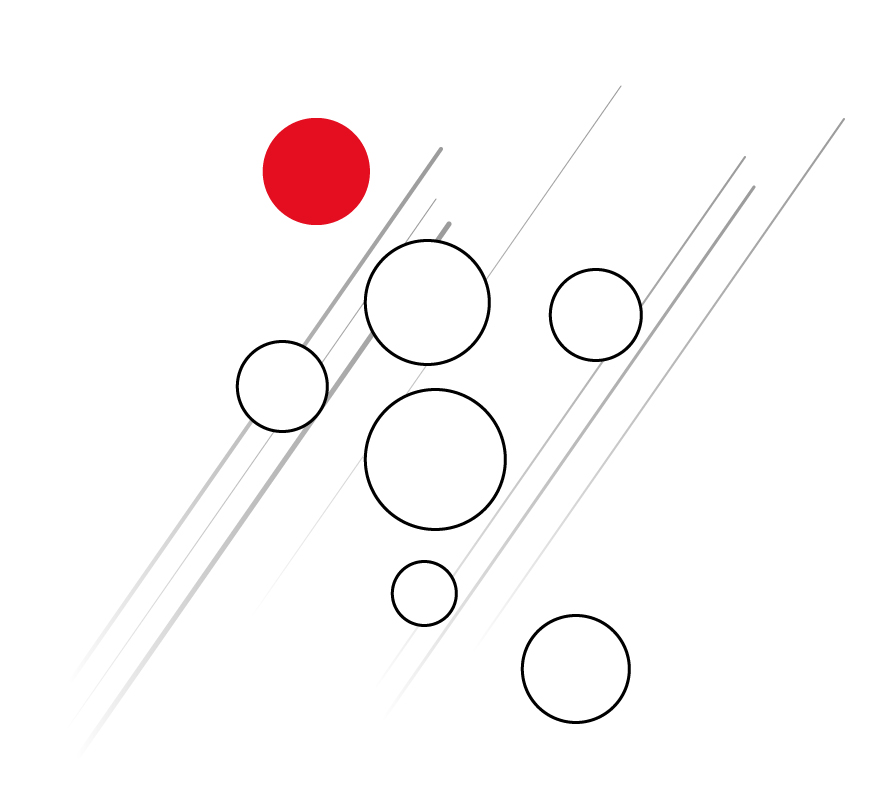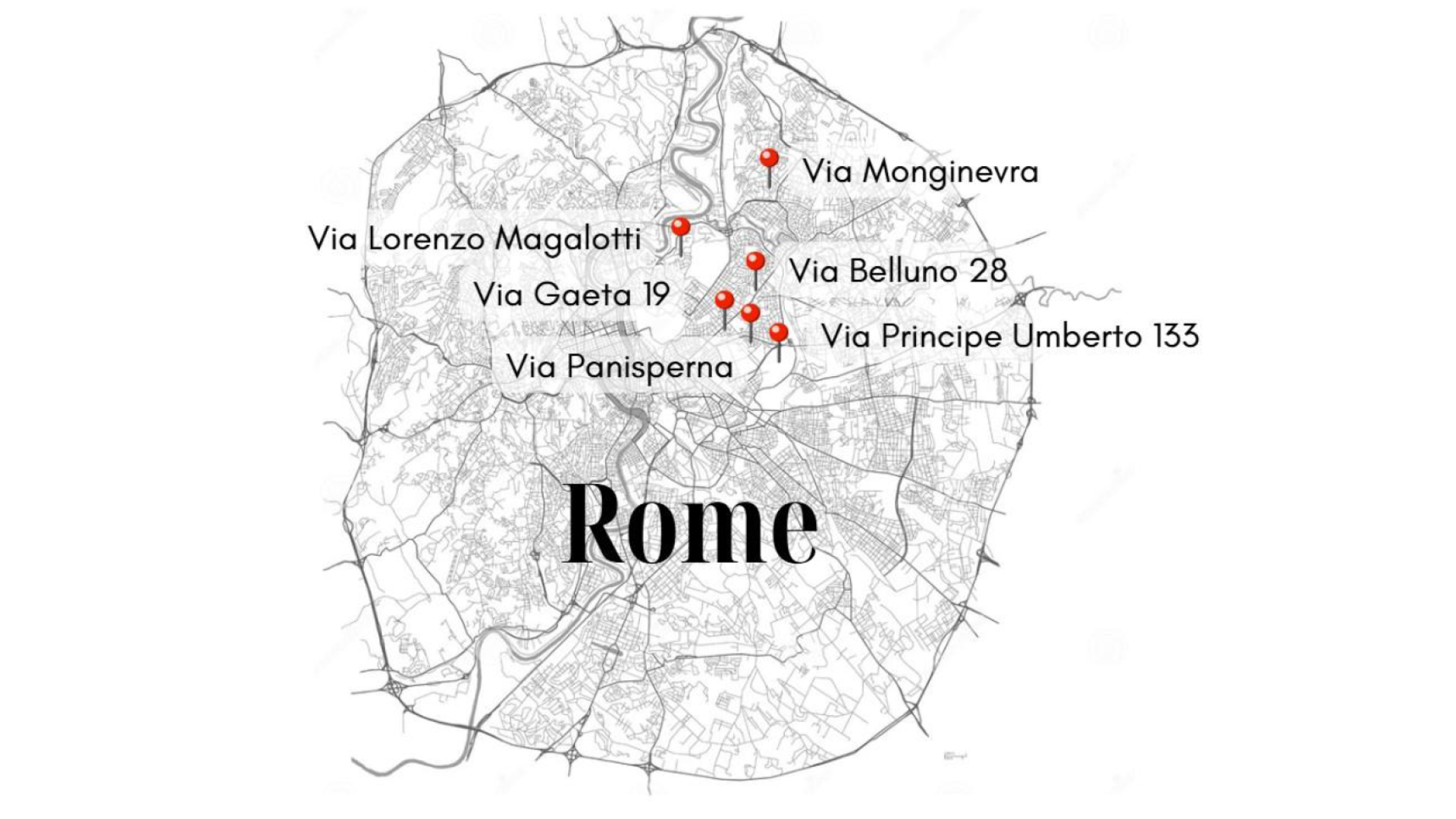Born and raised in Rome, Enrico Fermi spent the first part of his life in the capital. An article published in Chemistry Views by Domenica Verduci and Bianca Buccilli retraces his Roman life through the various homes that reflect the stages of his ascent, from child prodigy to world-renowned physicist.
1. The Birthplace: The Beginning of Everything
The journey begins at Via Gaeta 19, near Termini Station, a convenient location for his father Alberto, a railway employee. Here, on September 29, 1901, the youngest of the three Fermi children was born.
A commemorative plaque today reads:
“The most illustrious Italian physicist of the 20th century, Enrico Fermi, was born in this house on September 29, 1901. His fellow citizens remember him with admiration.”
Despite his brief stay, this is the place that marks the beginning of a genius’s story.
2. Hardship and Studies: Via Principe Umberto 133
In 1908, the family moved to a residence built to accommodate the influx of public officials, located at Via Principe Umberto 133, still close to the station. Despite its apparent external elegance, the house was modest, and conditions, especially in winter, were not ideal.
Fermi’s wife, Laura, in her biography Atoms in the Family, recalls:
“For all its pretense of elegance — two statues were in the hall at the feet of two ample stairways — the building at Via Principe Umberto 133 had provided none of the niceties of modern living. There was no heating of any kind, and the three Fermi children, Maria, Giulio, and Enrico, often had chilblains in the winter.”
It was during this period that Fermi, following the premature death of his brother Giulio in 1916, became deeply immersed in his studies, developing a passion for physics and mathematics.
3. The Brief Solitary Stay: Via Monginevra 12
After graduating and following his mother’s death, Fermi lived alone for a short period in the small villa at Via Monginevra 12 in the Montesacro district. More modern, though distant from the city center, the house was assigned to his father shortly before his passing in 1927. Although not a scientifically significant dwelling, it represents Fermi’s transition to adulthood and his career at the Institute on Via Panisperna.
4. The Family and Success Home: Via Belluno 28
In 1928, Fermi married Laura Capon and moved into a top-floor apartment at Via Belluno 28, near Villa Torlonia. This bright and airy house marked the beginning of his family life and the establishment of his career. Laura describes the apartment:
“In Rome, we had settled into a top-floor apartment in a co-operative building. The apartment was pleasant, full of light and air, and more than adequate for a couple. The ceilings in the six rooms were high, the decorations in good taste.”
The Fermis lived there until 1938, the most prolific and successful years for the group known as the “Via Panisperna Boys.”
5. The Last Roman Residence: Via Magalotti
A few months before the Nobel Prize, the Fermi family, now consisting of four members, moved to a more luxurious apartment in Via Magalotti, near Villa Borghese. This residence reflected the high prestige Fermi had achieved in Roman society. Laura’s quote about this house is emblematic of the unexpected luxury:
“This larger apartment was near Villa Borghese, the main park of Rome. We had bought it because I had been attracted by the idea of a green-marble-lined bathroom.”
Unfortunately, the family had little time to enjoy it. In 1938, due to the racial laws and coinciding with the Nobel Prize ceremony in Stockholm, Enrico and Laura Fermi made the painful decision to leave Italy and never return, marking the end of the Roman chapter of one of the 20th century’s most outstanding scientists.
1] Laura Fermi, Atoms in the Family: My Life with Enrico Fermi, University of Chicago Press, USA, 1954.
[2] Emilio Segrè, Enrico Fermi, Physicist, University of Chicago Press, USA, 1970 3. ISBN-13: 978-0226744728
[2a] C. Bernardini, L. Bonolis (ed.), Conoscere Fermi nel centenario della nascita, Bologna, SIF, 2002.
[2b] Miriam Focaccia, Pietro Blaserna and the Birth of the Institute of Physics in Rome: A Gentleman Scientist at Via Panisperna, Springer Nature Switzerland, 2016, then 2019.
[2c] Miriam Focaccia, Orso Mario Corbino: Un manager della ricerca all’Istituto fisico di Roma, Bologna, SIF 2022.



